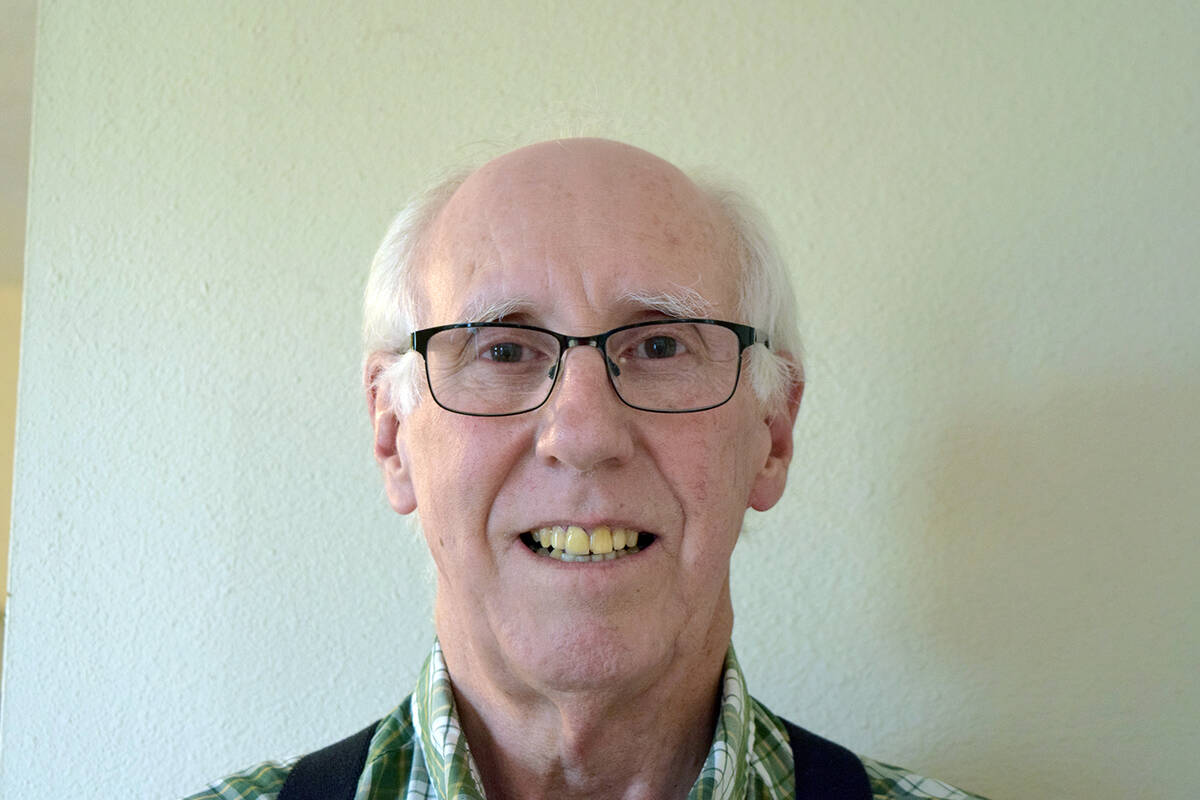
Country folk enjoy dancing. Maybe not ballroom dancing, but good ol’ fashion square dancing, folk dancing, etc., with a fiddle, accordion and a caller. They have for a long time. Maybe some line dancing, too, now and then. Dancing is part of the human makeup, with some of us being far better at it than others. Raise your hand where you fit in.
In the Southern Nevada mining community of Bunkerville in Nevada’s Yesteryear, Christmas time 1877 was approaching. Bunkerville had been settled by Mormons pioneers under the leadership of Edward Bunker. Bunker, with permission from Brigham Young, had moved his large polygamous family to the area earlier in the year.
It had been a rough year for most everyone. Various historians note the settlers had “no time for fun or recreation in the face of a serious effort for sheer survival.” However, the fall harvest had been good and it was decided a Christmas dance would be a good way to celebrate.
The 23 people who lived in Bunkerville, not counting infants and toddlers, had built a community dining hall made with rough hewn planks, as well as six adobe walled houses roofed with mud and tule leaves. For the announced Christmas party, a dance pavilion was built, adjoining the community dining hall. Rough pine wood planks made up the floor and two of the walls were made of canvas sheets. One wall was the side of the dining hall. One side was left open, but a large bonfire was built for heat and light. There were a few rude kerosene lamps for added illumination.
Ithaner Sprague was an accomplished musician with his accordion and he provided the music. Not much is said if anybody had a fiddle or guitar. Settlers from other nearby areas came, as the invitation was an open one. They came by horse, by wagon, some even walked.
No admission was charged since there was little cash available anyway, so people paid what they could. Some brought potatoes. Pumpkins, squash or other types of produce. One family brought a gallon or two of milk, and another paid with radishes and onions. All was piled near to the musicians stand.
There was no babysitting service so those with infants just laid them in a long box with the others, covered with warm blankets behind where Sprague and his accordion sat. It is not reported if any of the children fussed or cried.
Big tables were heavily laden with stacks of refreshments for the dancers, who tromped and stamped their huge work boots on the rough wooden planks. One historian noted “everyone danced with such enthusiasm, the first they had enjoyed in over a year, that every few minutes the floor was cleared so the rough pine splinters could be swept up.”
Dancing and the festivities continued through the night. Then the tired folk and their sleeping children sorted out their coats and headed to their homes out among the sagebrush, again by horse, wagon or on foot.
The residents of Bunkerville, so named by Brigham Young, established a new communal effort, sharing the work and the fruits of their work, with all land being held in common. The communal experiment ended in 1880.
(Adapted from a story by Harold’s Club, 1951, and other various authors.)
Dave Maxwell is a Nevada news reporter with over 35 years in print and broadcast journalism, and greatly interested in early Nevada history. He can be reached at maxwellhe@yahoo.com.